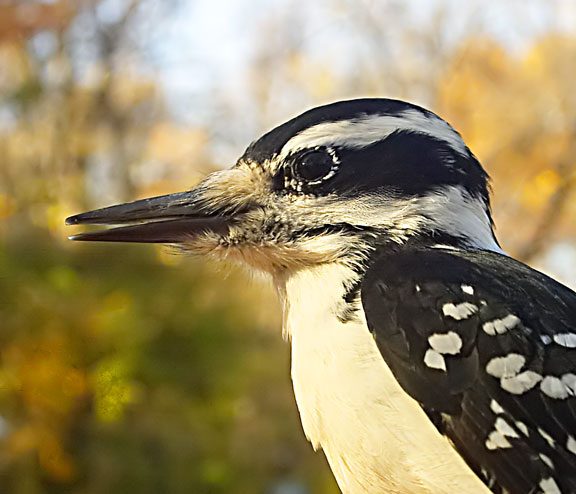This past December, while most of us were off campus, the naturalist community of Northfield convened for a decades-old tradition– the region’s Christmas Bird Count. Originating in the early 1900s in order to census local bird species for conservation purposes, the practice of holding winter bird counts eventually spread across the United States and the globe. Under the aegis of local Audubon Society chapters, communities began to organize their own Christmas Bird Counts in December or early January such that today, hundreds of counts are held each year on all continents except Antarctica. Each count covers a pre-designated circular area of 175 square miles, within which participants tally every avian species they can find. Christmas Bird Counts continue to serve important conservation purposes, helping scientists determine rates of population decline for vulnerable species.
Northfield’s CBC was held on December 19th, with 14 species sighted (Arb Director Nancy Braker reported a grand total of 1,570 Canada Geese on Lyman Lakes!). Unsurprisingly, winter months are lowest in bird diversity for our region, so the Northfield CBC cannot compare to the incredible species counts boasted by more southerly circles. While a spring birding hike in the Arb could easily yield over 50 species, most of them fly south for the winter. The most productive CBC of all time, however, would put most places to shame: in 2013, participants in the Ecuadorian Andes tallied 531 species in a single day!
–Reed Ebbinghaus ’21, for the Cole Student Naturalists

Add a comment